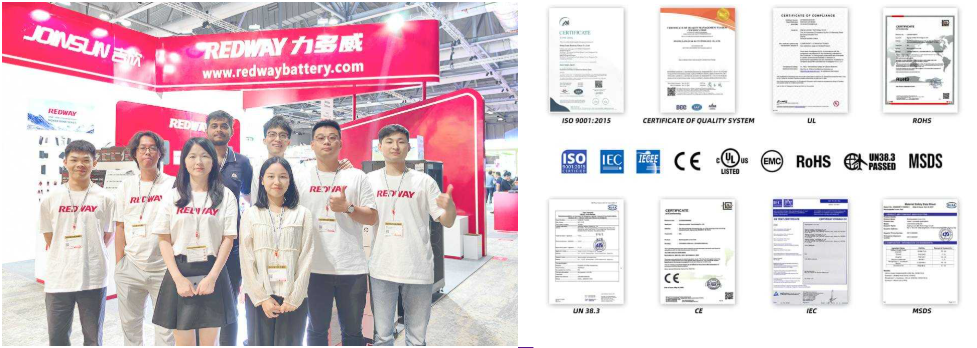To test if a battery is fully charged, you can use a multimeter to measure its voltage. For most batteries, a fully charged state is indicated by a specific voltage level. For example, a fully charged 12V lead-acid battery typically shows around 12.6 to 12.8 volts. For lithium batteries, the voltage will vary based on the specific type, such as LiFePO4, which should read about 3.6 to 3.7 volts per cell.
Latest News
- Advancements in Battery Testing Technology: New technologies are emerging that allow for more accurate and efficient battery testing methods, including smart chargers that automatically assess battery health.
- Increased Focus on Battery Safety: With the rise of electric vehicles and renewable energy storage systems, manufacturers are emphasizing safety protocols for battery testing to prevent hazards related to overcharging.
- Regulatory Changes: New regulations are being introduced to standardize battery testing procedures across various industries, ensuring consistent performance and safety standards.
Redway Expert Comment
“Testing whether a battery is fully charged is crucial for maintaining optimal performance and longevity. At Redway Battery, we recommend using reliable tools such as multimeters or specialized battery testers. Our commitment to quality ensures that our clients receive the best lithium solutions that can be easily monitored for charge status and overall health.”
Understanding Battery Charging and Testing
Importance of Proper Testing
Wholesale lithium golf cart batteries with 10-year life? Check here.
Properly testing batteries not only ensures they are fully charged but also helps in identifying potential issues that could lead to reduced performance or failure. Regular testing can prolong the life of the battery and improve its efficiency.
Methods for Testing Battery Charge
Want OEM lithium forklift batteries at wholesale prices? Check here.
- Using a Multimeter: This is one of the most straightforward methods for checking voltage levels.
- Set the multimeter to the appropriate voltage range.
- Connect the red lead to the positive terminal and the black lead to the negative terminal.
- Read the voltage displayed on the multimeter.
- Using a Battery Tester: These devices are specifically designed for testing batteries and often provide additional information such as internal resistance and overall health.
- Smart Chargers: Many modern chargers have built-in diagnostics that indicate when a battery is fully charged.
Chart: Voltage Levels for Common Battery Types
| Battery Type | Fully Charged Voltage | Notes |
|---|---|---|
| Lead-Acid | 12.6 – 12.8 V | Check after charging |
| Lithium-Ion (LiFePO4) | 3.6 – 3.7 V per cell | Ensure balance across all cells |
| Nickel-Cadmium (NiCd) | 1.4 – 1.45 V per cell | Rechargeable; watch for memory effect |
Factors Affecting Charging Status
Temperature Effects
The temperature at which a battery is charged can significantly affect its performance and charging status:
- High Temperatures: Can lead to overcharging and damage.
- Low Temperatures: May slow down the charging process and affect voltage readings.
Age of the Battery
As batteries age, their ability to hold charge diminishes:
- Older batteries may not reach full charge even if they appear to be at the correct voltage.
- Regular testing can help identify when a battery needs replacement.
Related Subject: LiFePO4 Batteries
LiFePO4 batteries require specific testing methods due to their unique chemistry. Understanding how to accurately test these batteries is crucial for users who rely on them in applications such as electric vehicles, solar energy storage, and portable power systems.
Recommended Product
For those looking for high-quality lithium solutions, we recommend our Redway Battery LiFePO4 Battery Pack. This product offers excellent performance with built-in monitoring features that help users easily assess charge status and overall health.
FAQs
- How can I tell if my battery is fully charged?
Use a multimeter to measure the voltage; compare it against standard values for your battery type. - What voltage indicates a fully charged lithium battery?
A fully charged LiFePO4 cell should read about 3.6 to 3.7 volts. - Can I use any multimeter for testing?
Yes, as long as it has an appropriate voltage range for your battery type. - What should I do if my battery isn’t fully charged?
Check the charger and connections; consider replacing older batteries that fail to charge properly. - How often should I test my batteries?
Regularly test your batteries every few months or before significant use, especially for critical applications.





